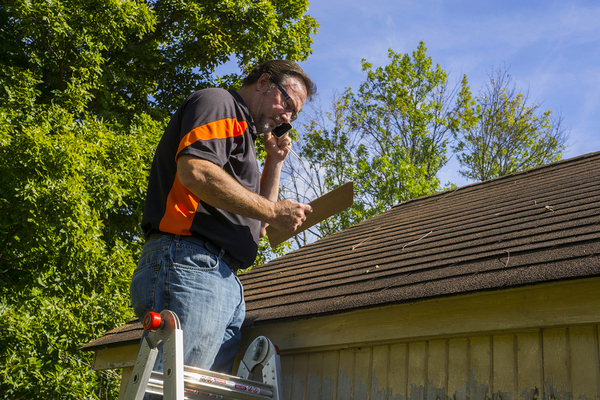Technology sure is advancing quickly in the home inspecting industry. Smartphones and tablets are nudging out clipboards, and even laptops aren’t as common on site as they were for a while. Who needs to climb a ladder when a drone can check out the roof for you?
While technology is great, it can’t replace one of the most important parts of a thorough home inspection: the human element. Here’s why a simple, old-fashioned inspection can be an advantage, not a deficit.
Tools and Technology are No Substitutes for Skills
Technology should complement the skill set that you’ve got, not replace it. For years, home inspectors provided thorough inspections with little more than a flashlight, electrical tester and a few hand tools. It’s still possible, and those skills work as an underpinning that makes technology more useful.
What happens on site when an app fails or high-priced equipment breaks? If you’re comfortable working without technology, you can still get the job done. If you’re not, the inspection might be dead in its tracks.
Sure, a drone can get a great look at parts of a roof that you might never reach. But a certified home inspector should have the ability scale a ladder and walk the roof without skipping a beat. Experience writing inspection reports longhand means a buggy smartphone won’t slow you down.
Customers Appreciate a Down-to-Earth Inspector
You’ve probably heard it many times before, but it bears repeating. Most of your customers are probably buying a house. That’s one of the most stressful things that anyone can go through. A hands-on inspector who communicates well might be one of the few reassuring elements of the whole experience.
Terry Sun of SnapInspect says at LinkedIn that these are three of the “most revered qualities” that a home inspector can have:
- A confident, take-charge attitude
- Good communication skills
- Attention to detail
Notice how they have nothing to do with technology? That’s because a great certified home inspector isn’t defined buy the gadgets they use. You can be a great home inspector without all of the bells and whistles.

If you’re not comfortable on a ladder, it’s probably better to work on that before buying a drone.
A Few Great Tech Tools are Better Than Investing in Everything Trendy
It’s tempting to buy the latest and greatest equipment that promises to make your life easier. Just be sure that it’s really a benefit and not one more tool to collect dust.
A Flir thermal imaging device can broaden your home inspection horizons and grow your business. It’ll also set you back at least several hundred dollars, if not thousands. The same goes for a drone and many other trendy tools that catch your eye.
It pays to be prudent with technology. Before you invest, think about how it will (or won’t) complement your existing skills. You could get a lot of mileage out of a circuit tracer, which might cost $1,000 or more. But if you live in an area with high winds and lots of rain, a drone might rarely see the light of day.
A certified home inspector really only needs a few things to provide a simple, thorough home inspection: a flashlight, ladder, electrical testers, a few hand tools and a blank report to fill in. Nearly everything else is extra.
There’s nothing wrong with working in what some people might call the “old fashioned” way. That’s why Home Inspection Report offers a straightforward Word version of our inspection report. Print it out and use it on site with a pen and a clipboard, or take notes during the inspection and fill in the report on your computer later.
If you’re more of a hands-on inspector and want an inspection report that matches your style, Download our home inspection checklist for Word. It’s comprehensive, convenient and it looks great, too.

